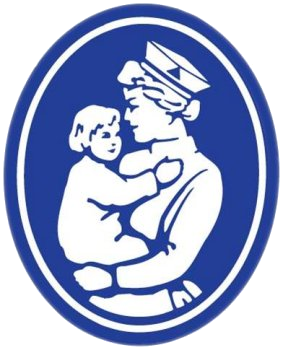


Appendix 2: From
Neural Recordings to Interpreting Decoding Accuracy
Ethan Meyers1 and Gabriel Kreiman2
1Brain
and Cognitive Sciences, MIT
2Children's
Hospital Harvard Medical School and Swartz Center for Theoretical Neuroscience,
Harvard University
In this appendix we outline a procedure
to ‘decode information’ from multivariate neural data. We assume that neural recordings have been made
from a number of trials in which different conditions
were present, and our procedure produces and estimate of how accurately
we can predict the presents of these conditions in a new set of data. We call this estimate of future prediction accurately the ‘decoding/readout
accuracy,’ and based on this measure we can make inferences about what information
is present in the population of neurons and also on how this information
is coded. The steps we cover to obtain a measure of decoding
accuracy include: 1) formatting the neural data, 2) selecting a classifier
to use, 3) applying cross-validation to random splits of the data, 4) evaluating
decoding performance through different measures, and 5) testing the integrity
of the decoding procedure and significance of the results. We also discuss additional topics including: 1) how to examine questions about neural coding
using feature selection, different binning schemes, and different classifiers
and 2) how to evaluate whether invariant/abstract variables are contained
in a dataset by training and testing a classifier using data recorded under
different conditions.
Key words: statistical learning,
electrophysiology, neurophysiology, local field potentials, spike trains,
classification performance, cross-validation, feature extraction, neural coding